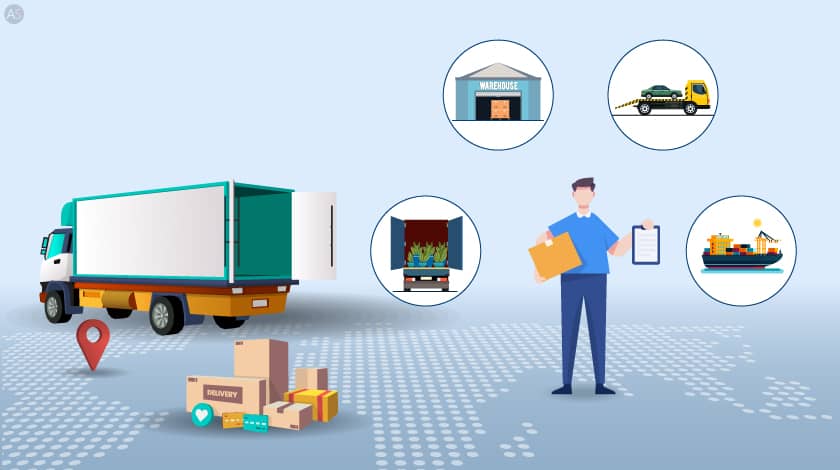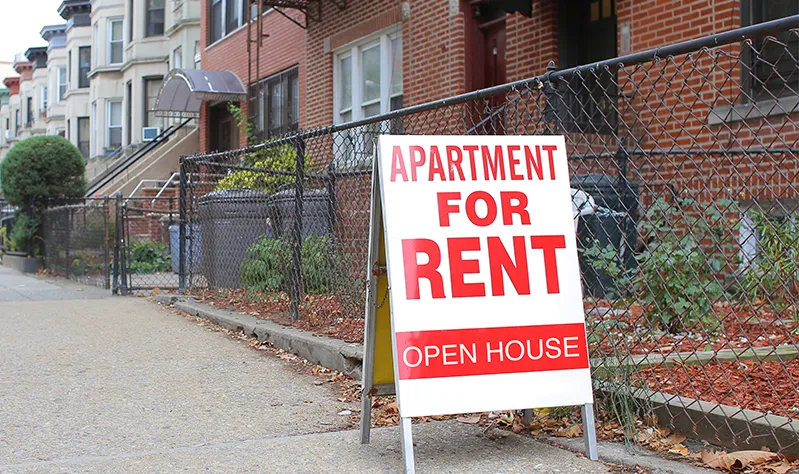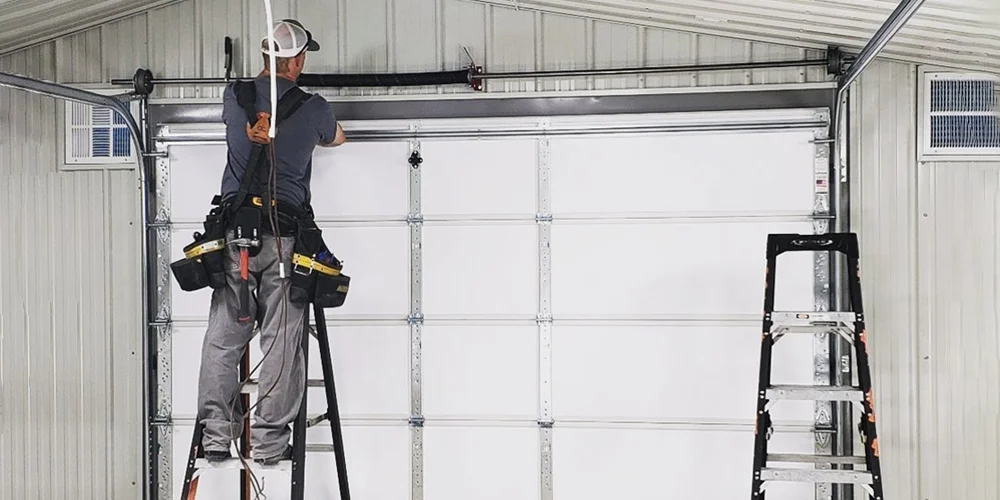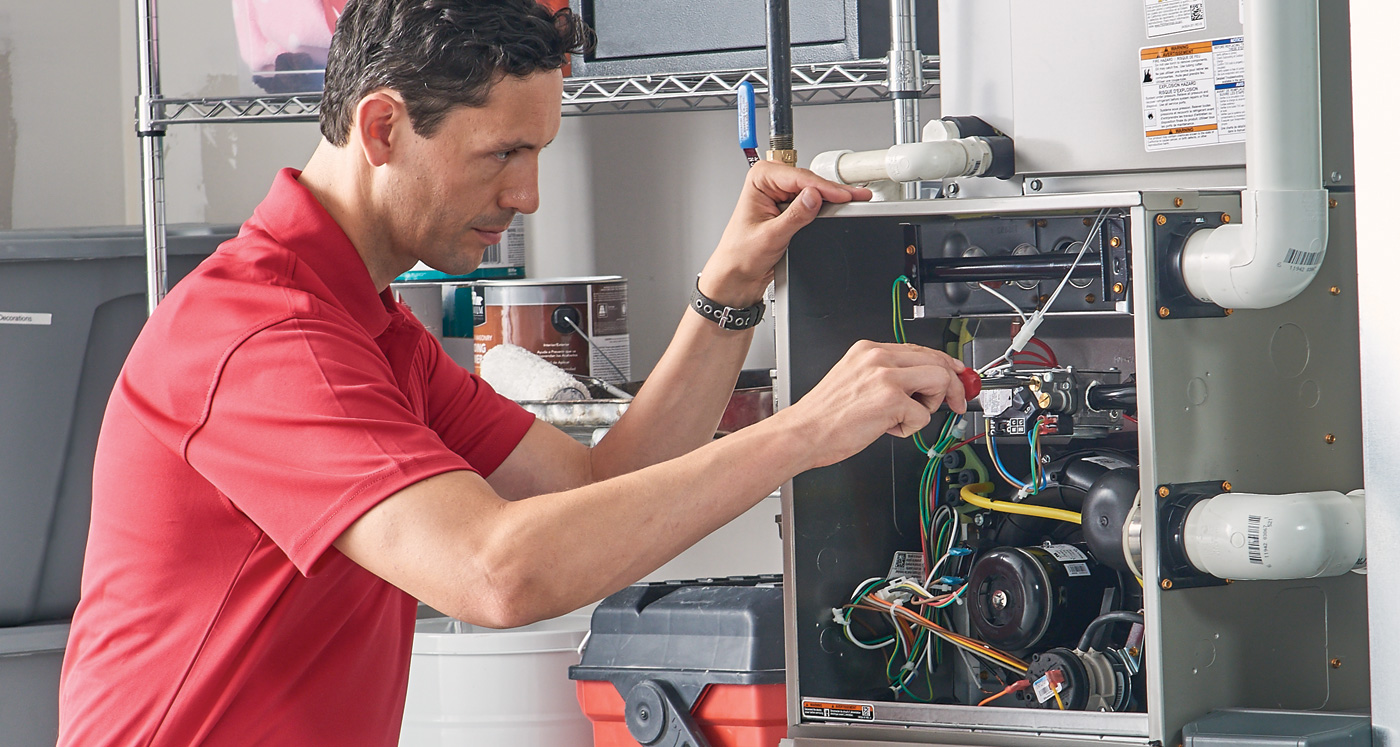How to Choose the Best Moving Company: Avoiding Scams and Hidden Fees
In 2024, finding the best moving company means avoiding scams and hidden fees. This guide will help you search for trustworthy movers and make informed choices.

1. Start with Research
The first step in choosing the best moving company is to conduct thorough research. Begin by asking friends, family, or colleagues for recommendations. Personal experiences can provide valuable insights into the reliability of a company. Additionally, take advantage of online resources:
- Read Reviews: Check out customer reviews on websites like Yelp, Google Reviews, and the Better Business Bureau (BBB). Pay attention to both positive and negative feedback.
- Verify Credentials: Ensure the company is licensed and insured. The U.S. Department of Transportation (DOT) requires interstate moving companies to be registered. You can verify their DOT number on the Federal Motor Carrier Safety Administration (FMCSA) website.
- Check Professional Memberships: Look for companies that are members of professional organizations like the American Moving & Storage Association (AMSA), which holds its members to higher standards of service.
2. Get Multiple Estimates
One of the most effective ways to avoid hidden fees is to get multiple estimates from different moving companies. When requesting quotes:
- Request On-Site Estimates: A reputable moving company will offer to send a representative to your home to assess the volume of items you’re moving. This helps them provide a more accurate estimate.
- Compare Apples to Apples: Ensure each estimate covers the same services, such as packing, loading, and transportation, so you can make a fair comparison.
- Avoid Lowball Estimates: If an estimate seems too good to be true, it probably is. Some companies use lowball estimates to lure customers in, only to charge much more on moving day.
3. Understand Different Types of Estimates
When receiving quotes, it’s important to understand the different types of estimates moving companies may offer:
- Binding Estimate: This is a guaranteed price for the move based on the weight of your items and the services provided. The price won’t change unless you add additional services.
- Non-Binding Estimate: This is an estimate based on the company’s assessment of your belongings. The final cost may be higher or lower depending on the actual weight of your items.
- Binding Not-to-Exceed Estimate: This is a hybrid estimate where you pay the lower of the estimated cost or the actual weight of your belongings. This is often the safest option for consumers.
4. Ask the Right Questions
When interviewing potential moving companies, don’t be afraid to ask detailed questions. Some important questions to consider include:
- What is your USDOT number? This number is crucial for interstate moves and indicates that the company is registered with the Department of Transportation.
- What kind of insurance do you offer? Ask about their liability coverage, including options for full-value protection versus released-value protection.
- Are there any additional fees? Inquire about potential extra charges for things like long carries, stair fees, or packing materials.
- What is your cancellation policy? Understand the terms if you need to cancel or reschedule your move.
- How do you handle disputes or damage claims? Knowing the company’s process for handling issues can save you headaches later.
5. Be Aware of Red Flags
Unfortunately, the moving industry has its share of fraudulent companies. Be on the lookout for these common red flags:
- Large Upfront Deposits: Reputable movers typically don’t require large deposits. If a company asks for a significant amount upfront, it could be a scam.
- Lack of Written Contract: Never proceed with a move without a detailed written contract. Verbal agreements are not sufficient.
- No Physical Address: A legitimate moving company will have a physical business address. Be wary of companies that only provide a P.O. box or lack a local presence.
- Poor Communication: If a company is difficult to reach or evasive when answering your questions, consider it a warning sign.
6. Read the Fine Print
Before signing any contracts, carefully read the terms and conditions. Pay close attention to:
- Liability Coverage: Understand what the company’s liability is in case of damage or loss. Consider purchasing additional insurance if needed.
- Cancellation Policies: Know the penalties for canceling or rescheduling your move, and ensure they’re reasonable.
- Dispute Resolution: Review the company’s process for handling disputes. Make sure you’re comfortable with the resolution process.
7. Consider Timing and Flexibility
Timing can significantly impact the cost and availability of moving services:
- Move During Off-Peak Seasons: Moving during the off-peak season (fall and winter) can save you money, as demand is lower.
- Be Flexible with Dates: If possible, provide the moving company with a range of available dates. This can help you secure a better rate.
- Avoid End-of-Month Moves: The end of the month is often a busy time for movers. Scheduling your move mid-month may result in lower costs and better availability.
8. Verify Insurance and Licensing
Ensuring that your moving company is properly insured and licensed is essential for protecting your belongings:
- Check Insurance Coverage: Verify that the company has adequate insurance to cover any potential damage during the move. Ask for proof of insurance and consider purchasing additional coverage if necessary.
- Confirm Licensing: For interstate moves, confirm that the company is licensed by the FMCSA. For local moves, check with your state’s regulatory agency to ensure compliance with local laws.
9. Plan for Moving Day
Proper preparation can help ensure that moving day goes smoothly:
- Pack Efficiently: Start packing well in advance and label boxes clearly. Consider packing essential items separately to keep them easily accessible.
- Prepare for the Movers: Make sure there’s a clear path for the movers and that your home is ready for the move. This includes disassembling large furniture and ensuring elevators or parking spaces are reserved if necessary.
- Supervise the Move: While the movers are loading and unloading, keep an eye on the process to ensure everything is handled with care. Take inventory of your items as they are packed and unpacked.
10. Post-Move Considerations
After the move, there are a few additional steps to take:
- Inspect Your Belongings: Check your items for any damage or missing pieces as soon as possible. If there are any issues, report them to the moving company immediately.
- Leave a Review: Share your experience online to help others make informed decisions. Whether positive or negative, your feedback can provide valuable insights.
- Keep Documentation: Save all moving-related documents, including contracts, receipts, and correspondence, in case you need them later.
Conclusion
Choosing the best moving company involves careful research, asking the right questions, and being aware of potential red flags. By following the steps outlined in this
Conclusion
Choosing the best moving company involves careful research, asking the right questions, and being aware of potential red flags. By following the steps outlined in this guide, you can avoid common pitfalls and ensure a smooth, stress-free moving experience. Remember to:
- Conduct thorough research on potential moving companies.
- Obtain multiple estimates and understand different types of quotes.
- Ask detailed questions and be wary of any red flags.
- Read and understand the fine print in contracts.
- Plan and prepare for moving day effectively.
- Verify the company’s insurance and licensing.
- Leave a review and keep all documentation for future reference.
By taking these precautions, you can protect yourself from scams and hidden fees while ensuring that your move is handled professionally and efficiently. A well-chosen moving company can make all the difference, so invest the time and effort to find one that meets your needs and provides excellent service.
Good luck with your move in 2024!
You May Also Like:







